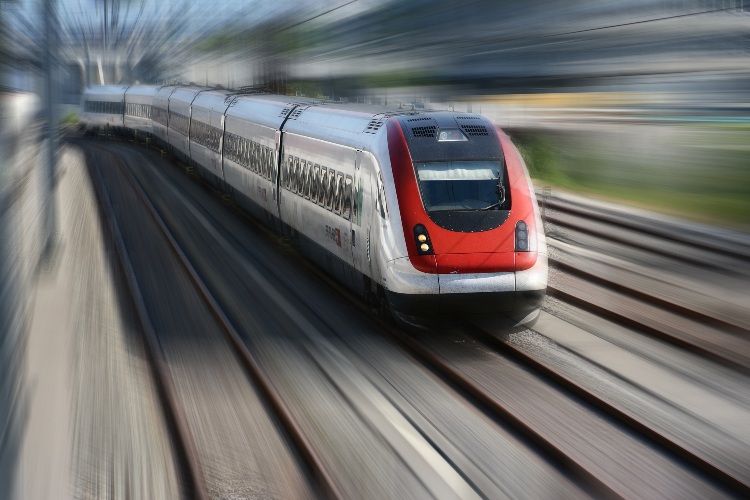Brussels – A green Europe cannot exist without having a well-developed railway system. The CER, the Community of European Railways and Infrastructure Companies, presented its agenda for the five years 2024-2029 at an event in the European Parliament. On Track for Europe is the name given to the text, which makes explicit the priorities facing rail transport in the near future. CER identified four fundamental pillars to guide future policy action: fair competition among transport modes, adequate financing of railways, implementing key digital tools for the rail sector, and a greener approach to market and competition policies.
In presenting the report on the competitiveness of the single market, Enrico Letta said, “In travelling from one state to another I had to take the plane, it is not possible that there is no high-speed line connecting all European capitals.” This is a shortcoming that also CER highlighted in the 2024 agenda. The creation of high-speed lines connecting European capitals and major cities is key to ensure green mobility between European countries. “We call on the EU and member states for a sustainable investment policy to continue to prioritize and support rail transport,” stressed Alberto Mazzola, executive director of CER during the presentation.
The ‘On Track for Europe’ manifesto argues that railways, with their unique benefits in terms of emissions savings and energy efficiency, should be at the center of all policy instruments designed to promote Europe’s sustainability and prosperity. It is, therefore, necessary to support public and private investment in infrastructure, to continue promoting projects on transnational networks and interoperability. In this regard, the EU has taken action to have the European standard rail gauge in all countries: that is, each railway must have the same distance between the two tracks, so that locomotives and wagons can move from one line to another. Most European states already adopt this system, but the former Soviet republics have infrastructure based on the Russian narrow-gauge system.
There are four fundamental pillars to support railways and the green transition. Fair competition among transport modes: railways, to date, bear many costs and obligations not imposed on other transport modes. Adequate funding of railways: only with more spending on rail transport, both freight and passenger, can decarbonization goals be achieved. Implementing key digital tools: these are crucial both for safety and for keeping infrastructure up to date. Finally, CER calls for a greener approach to market and competition policies: sometimes rail transport is uneconomic, but it turns out to be the best option to cut emissions. In these, public support for green transport would ensure its competitiveness.
English version by the Translation Service of Withub









